Book Introduction
Countless people enjoy urban infrastructure. The electricity we use, roads, communication networks, bridges, tunnels, water and sewage systems, and construction equipment - despite easily seeing and using these infrastructures that make human life comfortable around us, we don't really know how they work.
This book not only satisfies adults' curiosity but also makes us feel the greatness and gratitude for the infrastructure we're using.
The original title is Engineering in Plain Sight: An Illustrated Field Guide to the Constructed Environment. The title completely and directly expresses the book's content, but personally, I like the Korean title "City Technology Stories" better.
Book Structure
The illustrations provided also make each chapter's explanations concise and easy.
Each chapter is smoothly structured from electricity generation to city construction. Chapters 1 through 8 are composed as follows:
Power Grid -> Communication -> Roads -> Bridges and Tunnels -> Railways -> Dams, Levees, Coastal Structures -> Water and Sewage -> Construction
Content
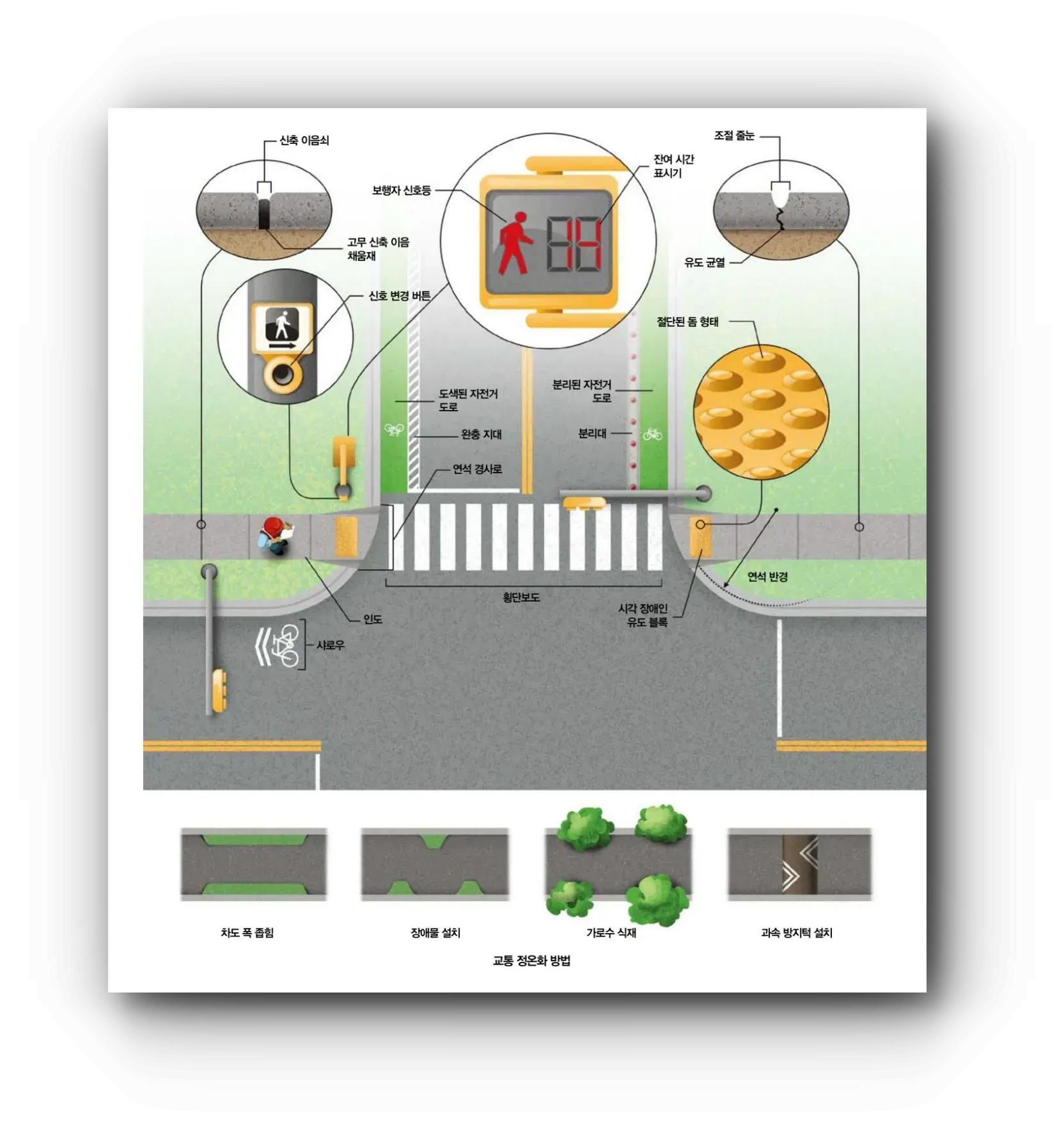 However, since the book is based on North America, there are some differences.
However, since the book is based on North America, there are some differences.
Most follow international standards so it's fine, but for example, looking at the illustration above, there are some differences in Korea. Of course, the translator has added notes about these points as shown below.

Untold Stories
At the end of each chapter consisting of illustrations and 2-3 pages of explanation, there's a section called "Untold Stories". While explanations can be somewhat difficult or boring due to unfamiliar terminology, the untold stories section refreshes readers with interesting content before starting the next chapter. 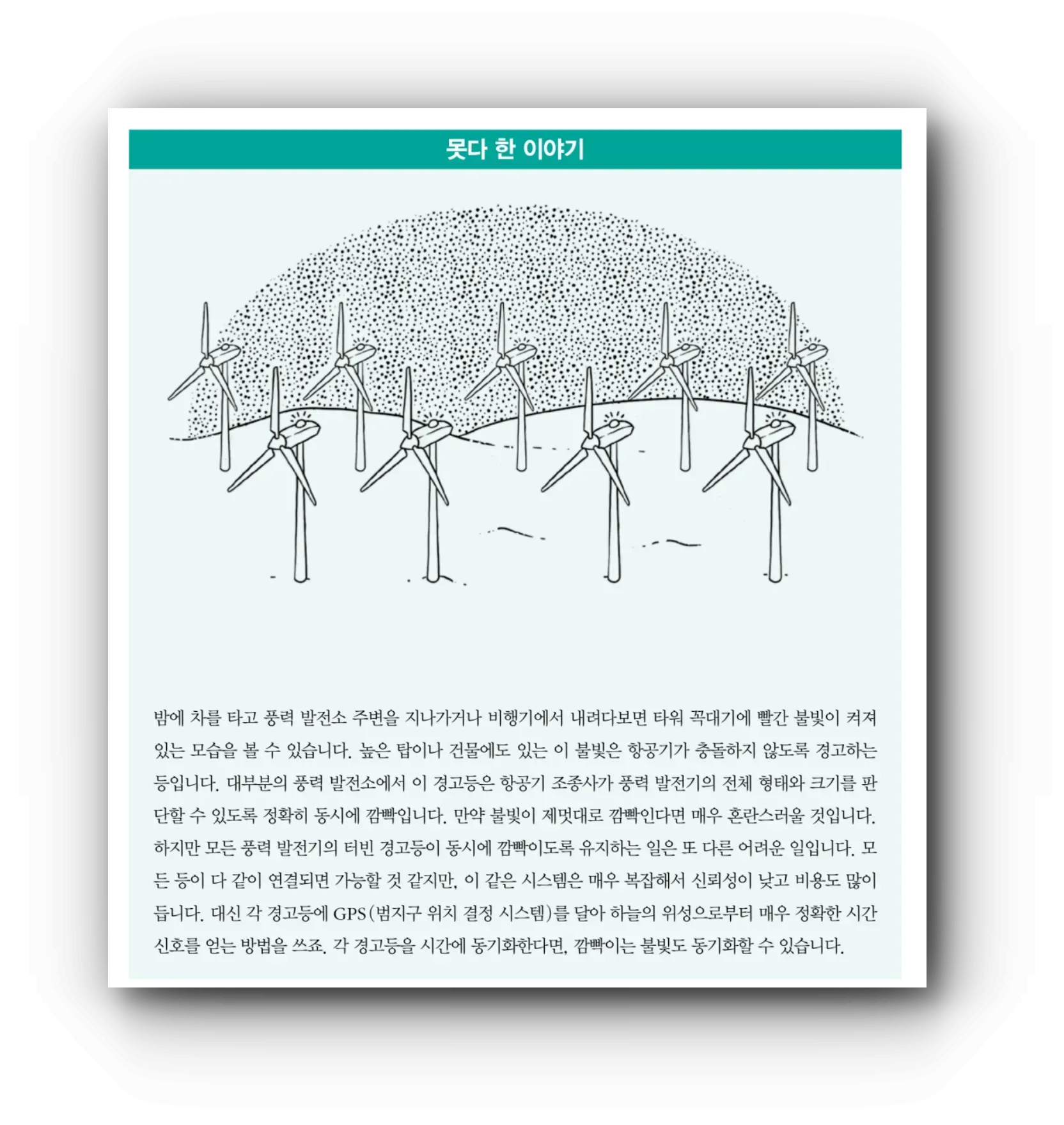
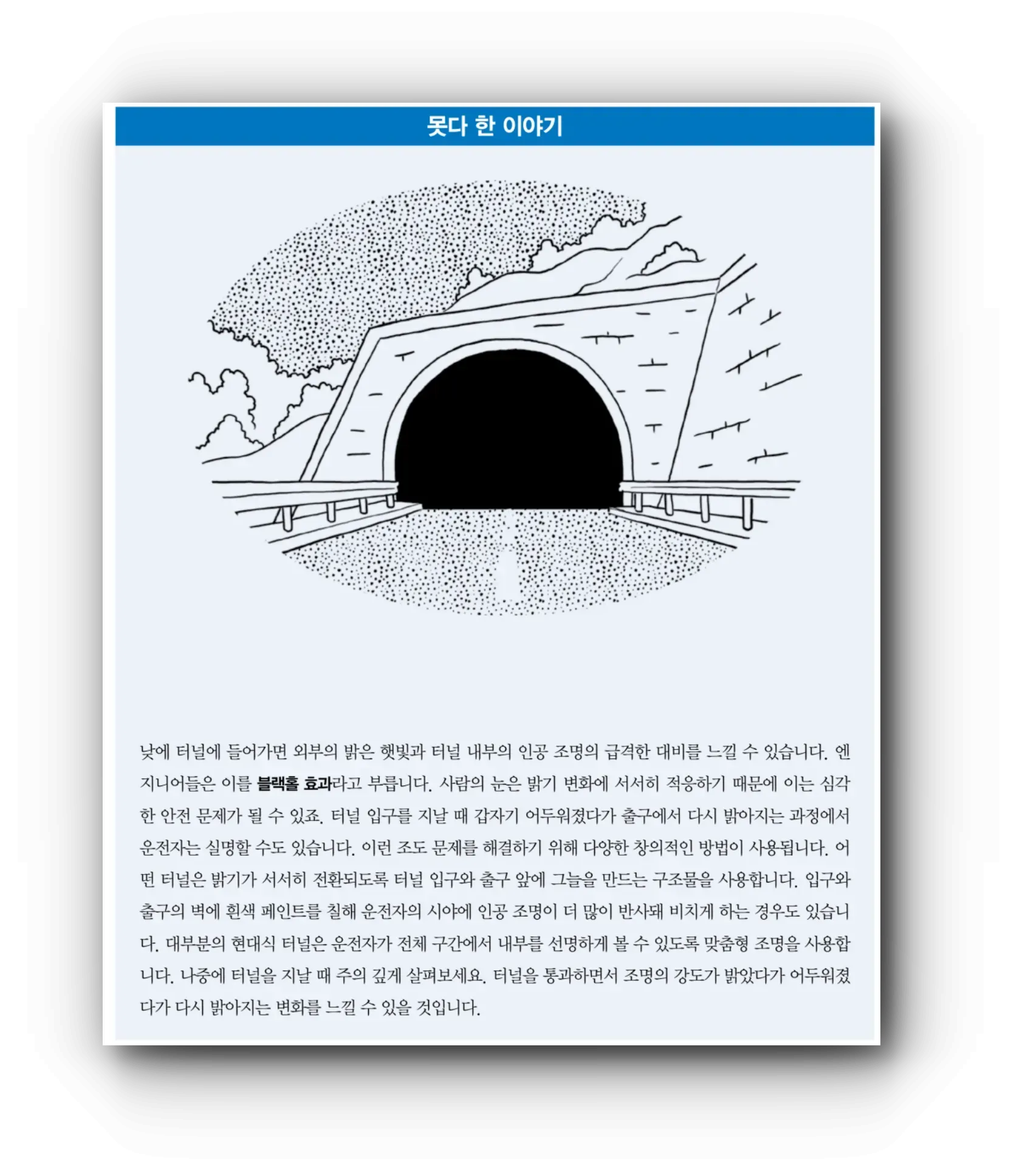
High-Quality Illustrations
The illustrations are very sophisticated and explain in detail.
Putting such beautiful illustrations on one page makes it valuable just for that.
I think this would be the adult version of science basic knowledge books I used to read as a child. 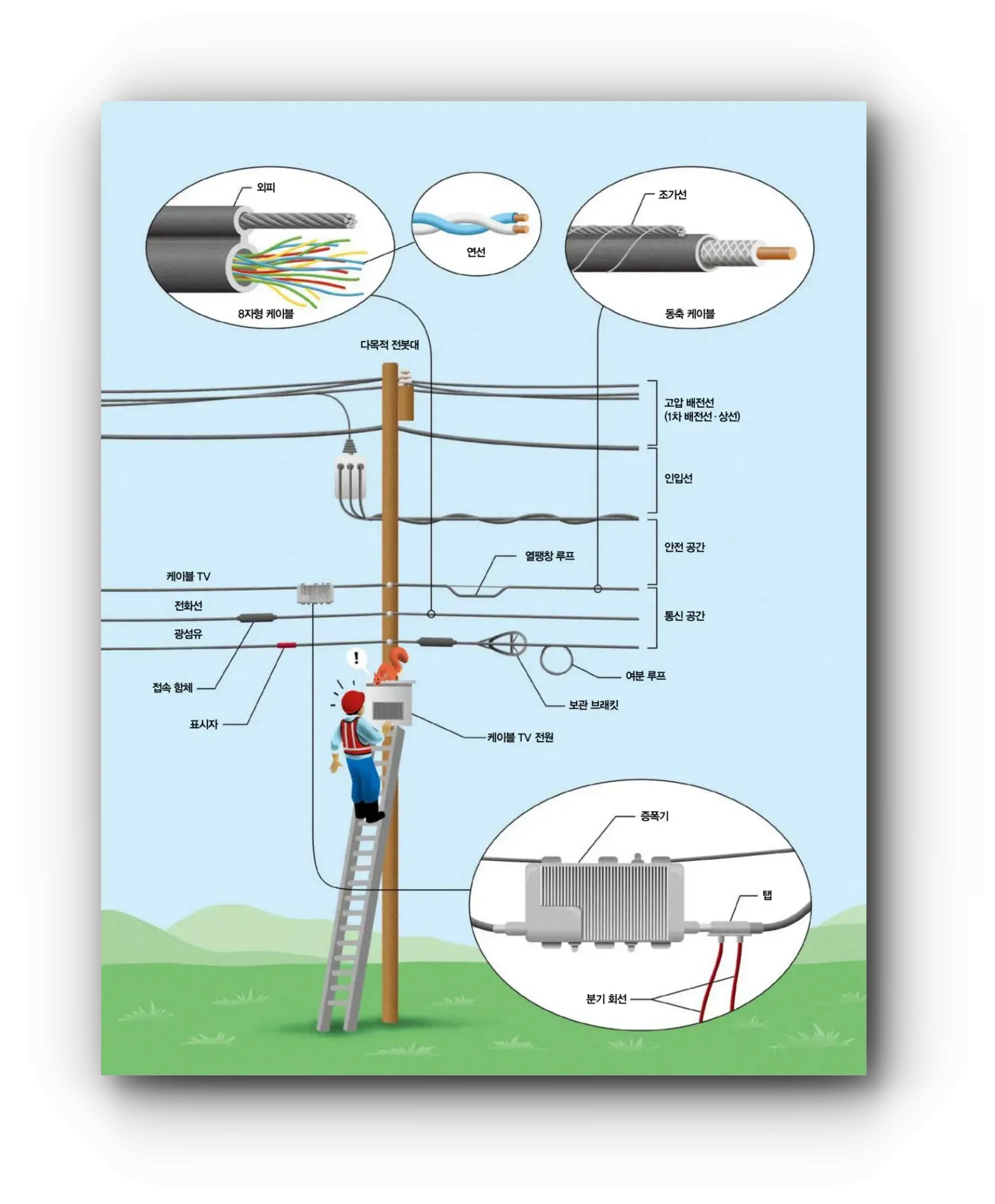 I was a signal soldier during my military service in 2007 - it would have been great if I had read the communication chapter back then..
I was a signal soldier during my military service in 2007 - it would have been great if I had read the communication chapter back then..
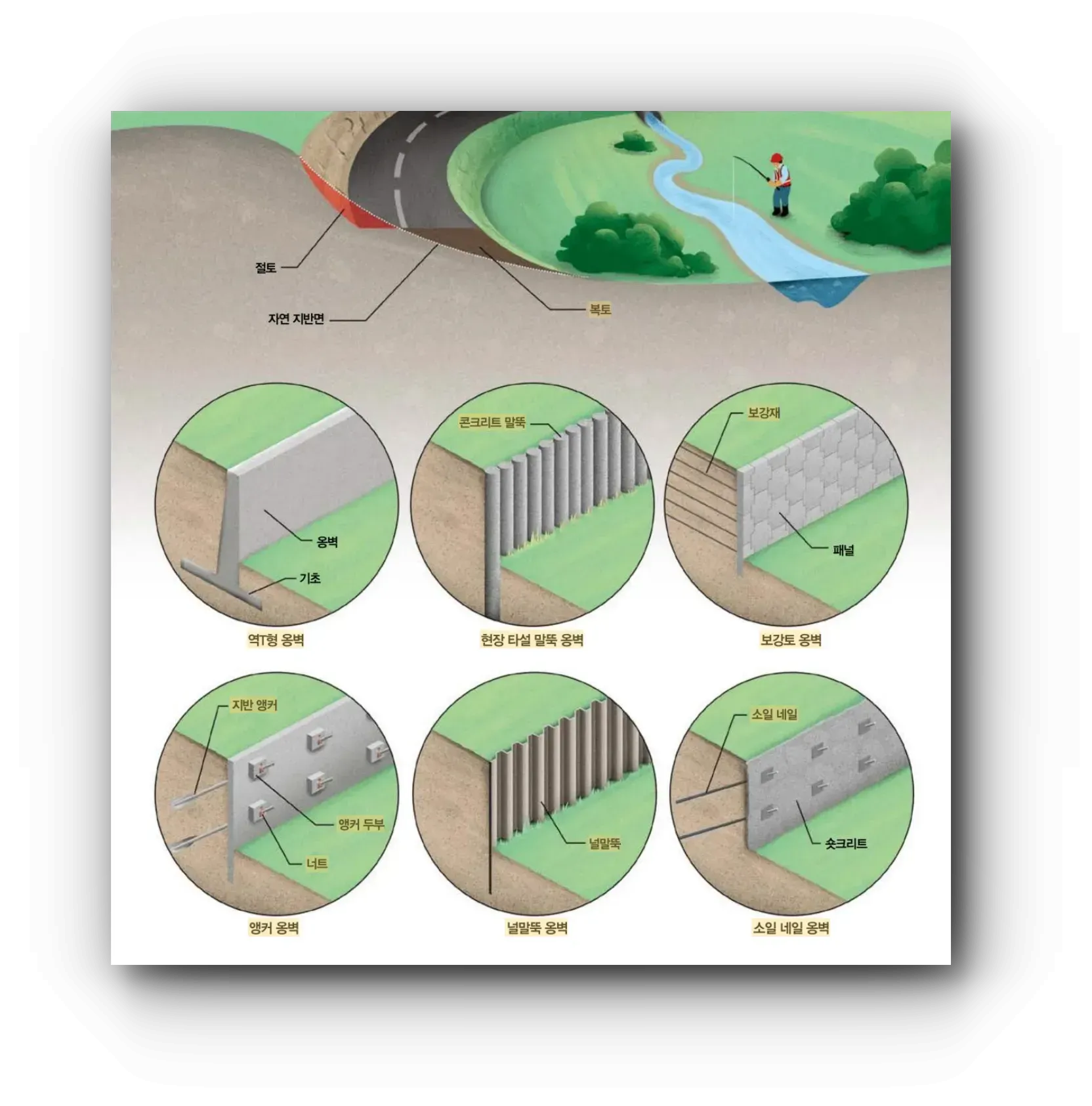 Various methods of retaining walls that reinforce the ground are concisely contained in one page. I'll probably look with interest at what method the retaining wall was built while driving later.
Various methods of retaining walls that reinforce the ground are concisely contained in one page. I'll probably look with interest at what method the retaining wall was built while driving later.
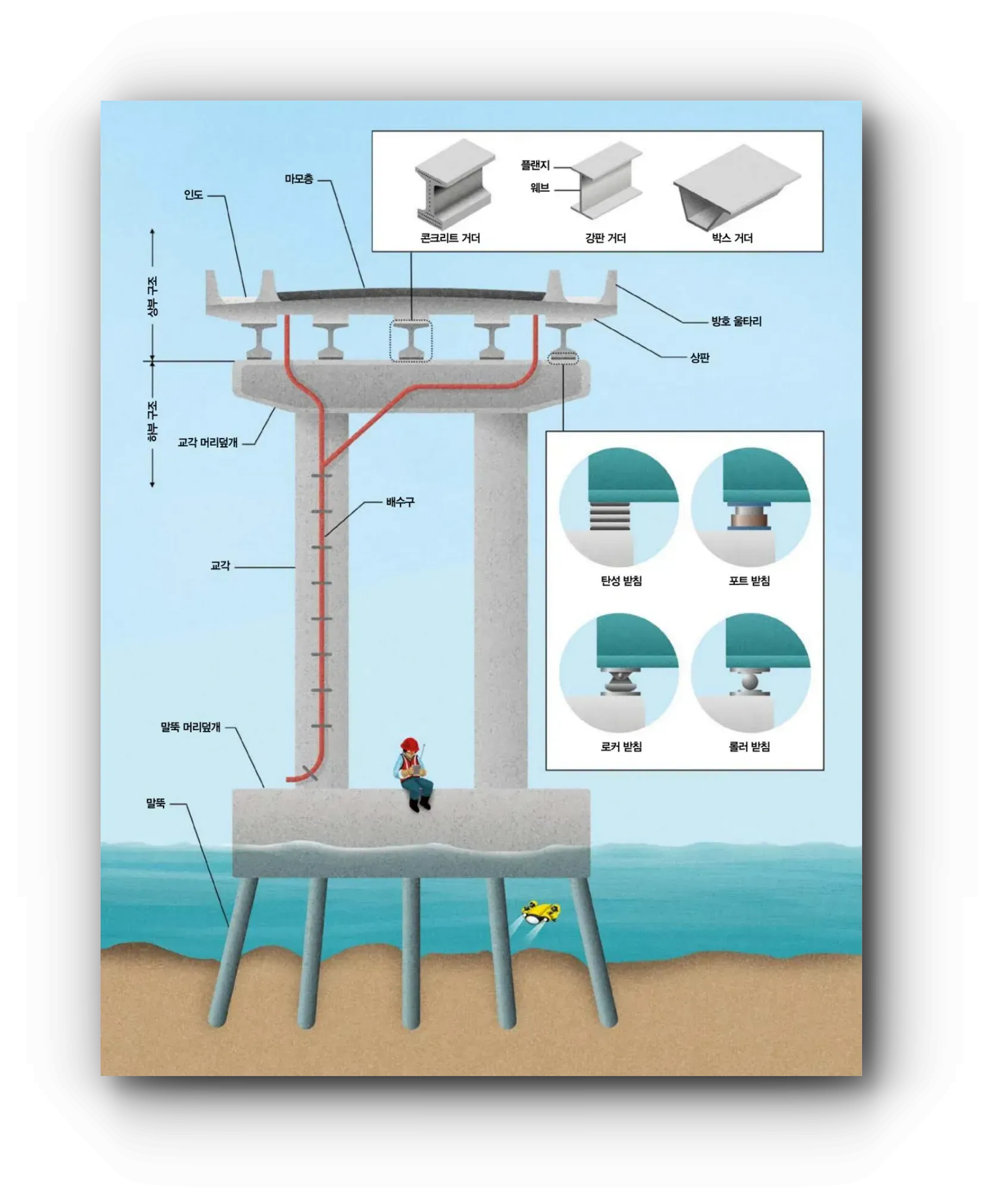 Bridge structure. Before the chapter starts, it shows one page of illustration like this to arouse interest.
Bridge structure. Before the chapter starts, it shows one page of illustration like this to arouse interest.
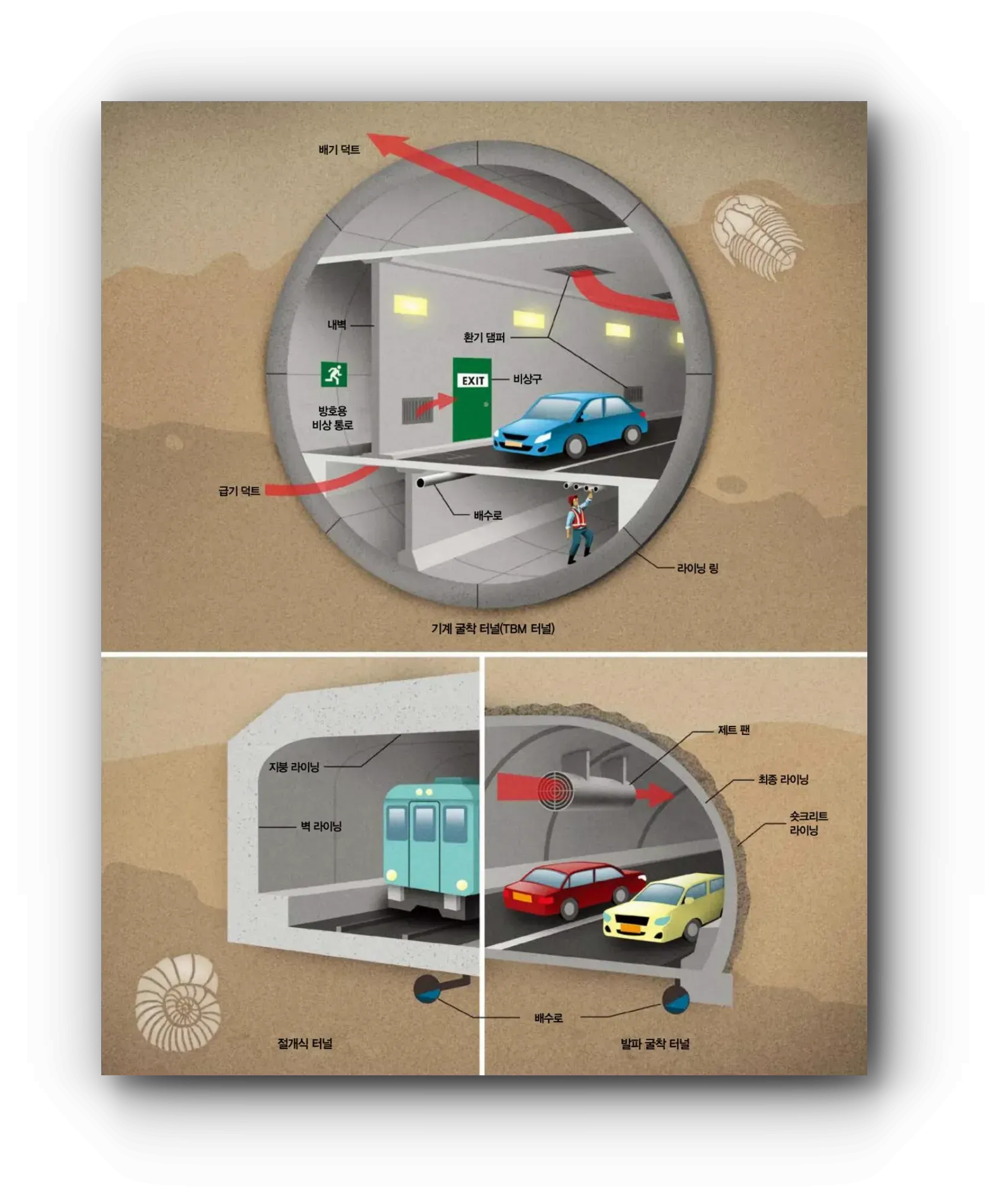 Structure of a tunnel dug with mechanical excavation.
Structure of a tunnel dug with mechanical excavation.
Conclusion
After reading this book, whenever I walk outside and see the piers, manholes, roads, utility poles, tunnels, and traffic lights - the infrastructure of the city - I feel amazed and grateful for how much effort must have gone into creating them.
While writing this review, I discovered the author's YouTube channel. I recommend watching it when you have time! Since they're actual videos, there's another kind of fun. https://www.youtube.com/@PracticalEngineeringChannel/featured
"This review was written after receiving the book for Hanbit Media's <I am a Reviewer> activity."